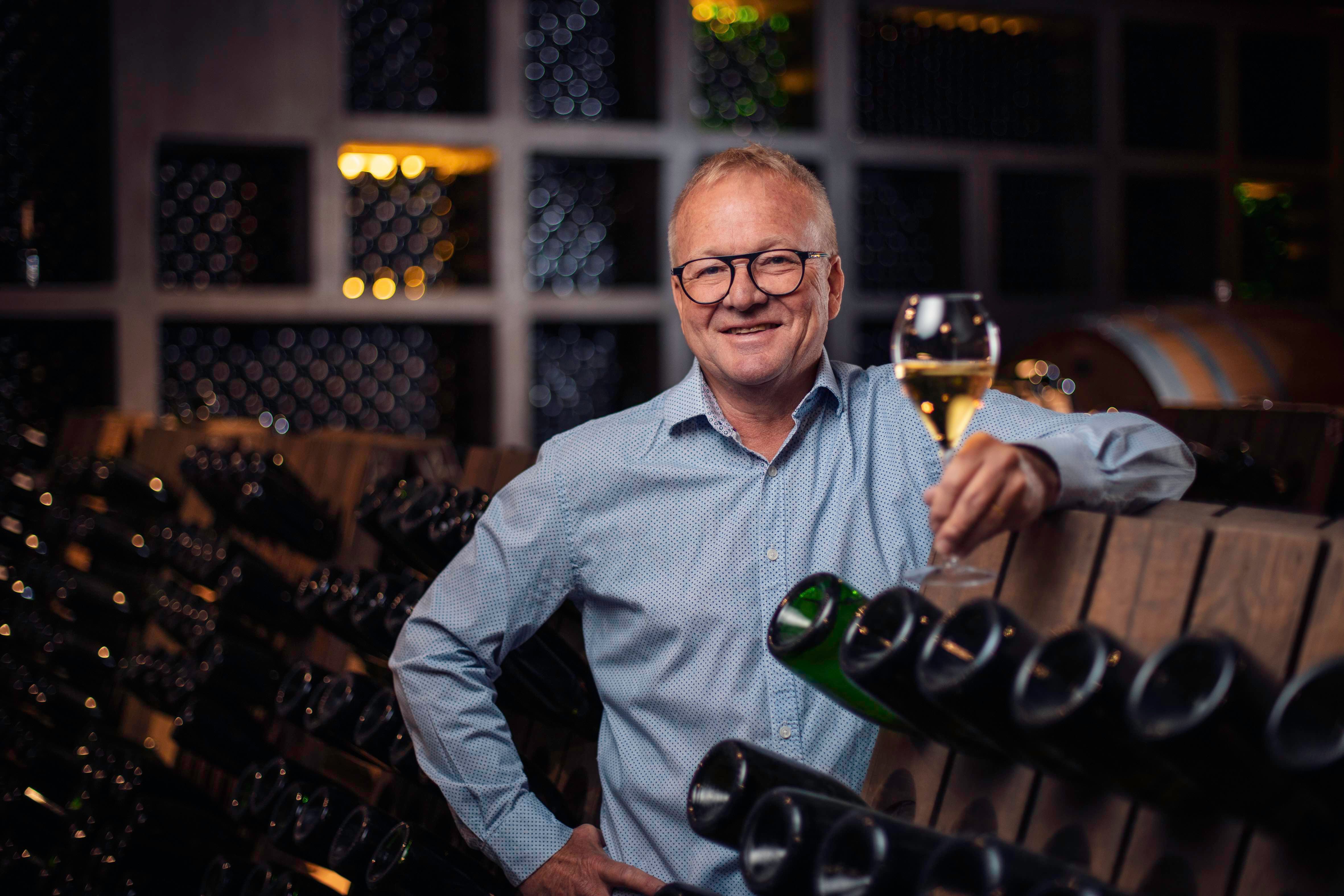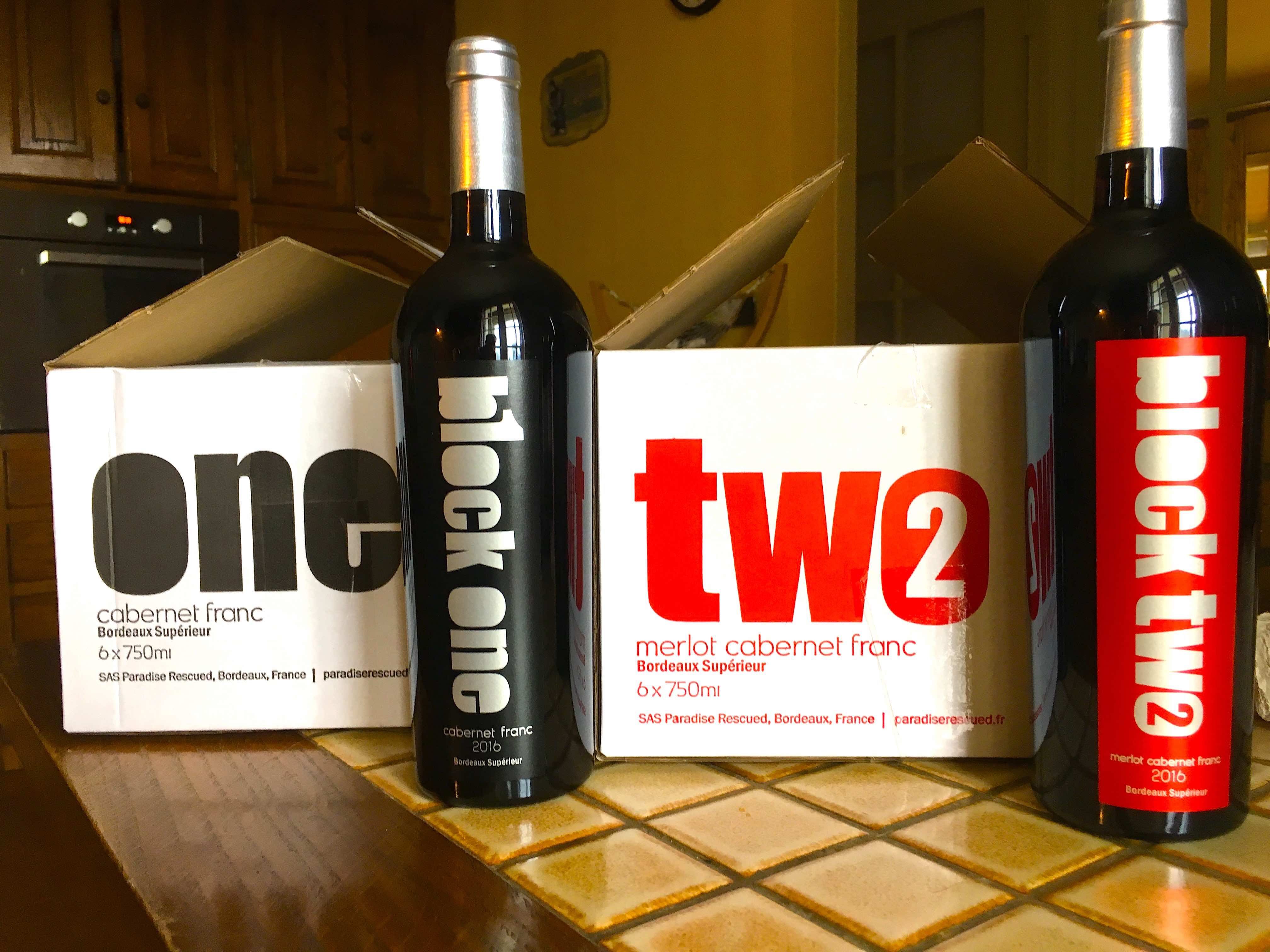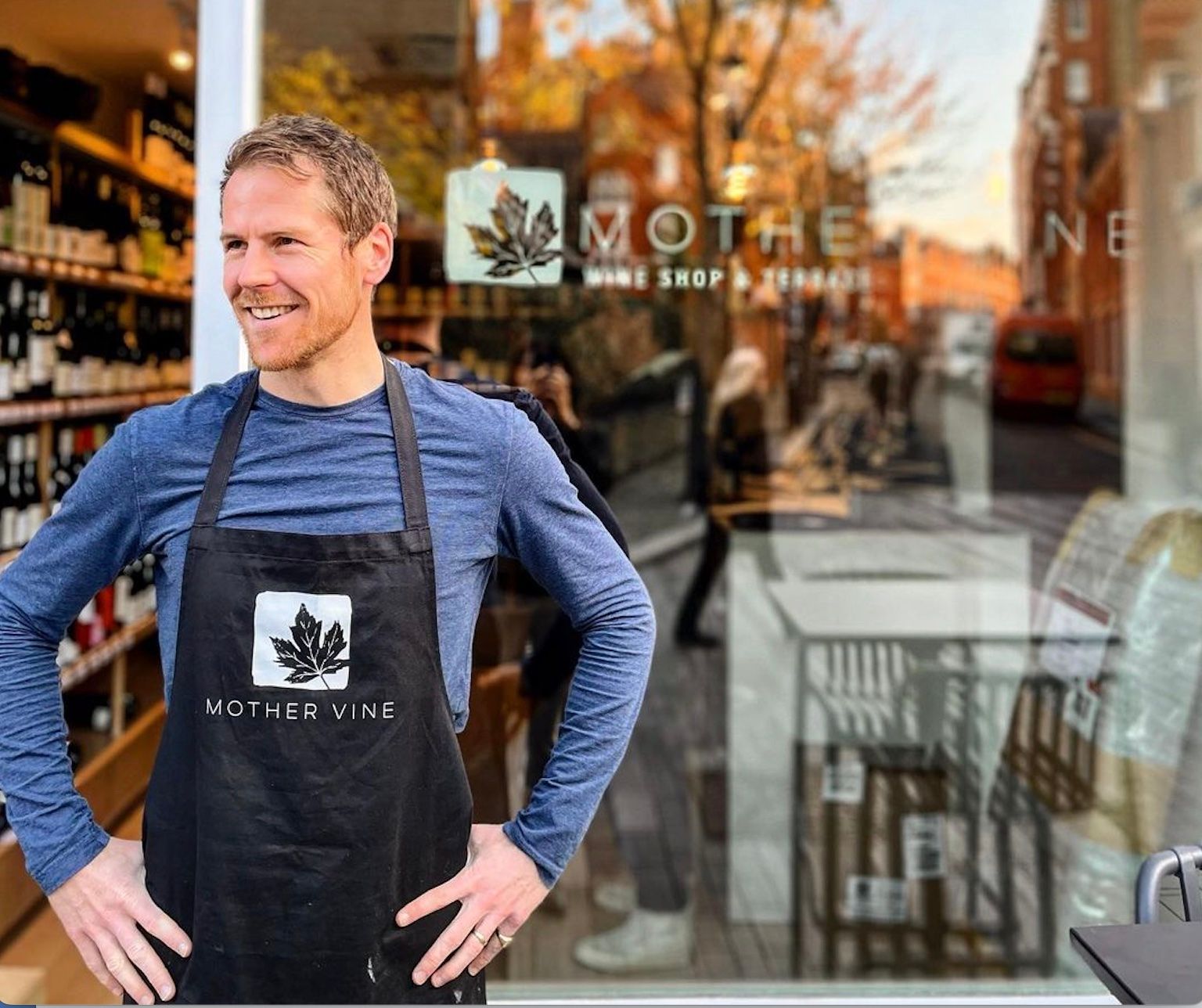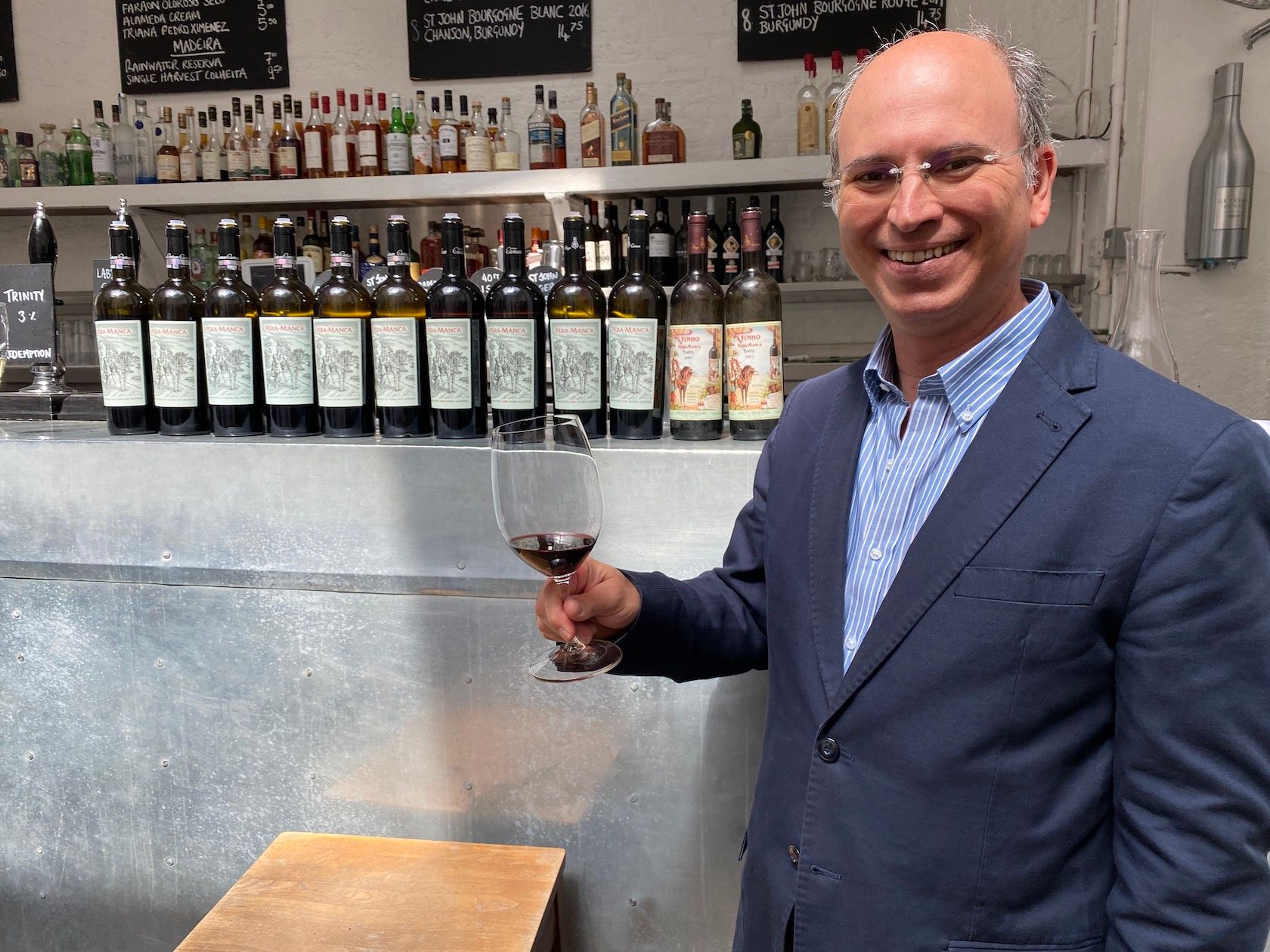Having wines with unique provenance and rigorous quality control is always a good thing. But what is the Cava de Paraje Calificado story to the end consumer and, more importantly, will they be able to taste the difference?
There was much razamataz this week in London’s Gherkin building for the official international launch of the new Cava classification called Cava de Paraje Calificado or CdP for short. This is the highest rung of the quality ladder for Cava and is the latest in a long line of initiatives to push Premium Cava, particularly to the international premium on-trade.
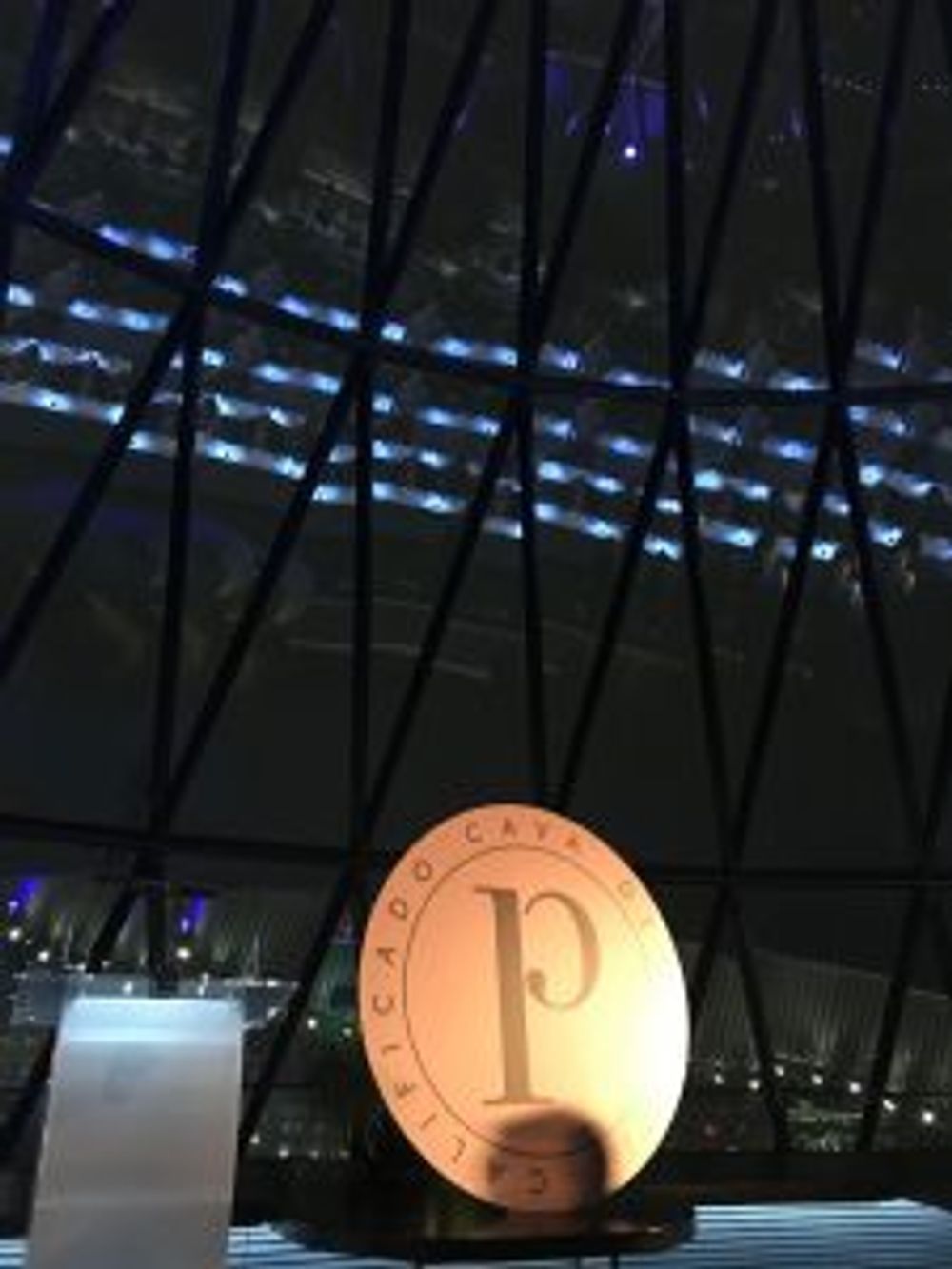
The launch about to begin at the Gherkin, November 2017
Although it started in June 2015, the new classification has taken three and a half years of debate and implementation to come to actual fruition with the nine wines presented by Pedro Ballesteros MW in London, the first chance to taste these wines together at their international roll-out.
It is not the only Spanish appellation to be undergoing a change in its classification system, Rioja has just recently undergone changes, of course. Nor should Cava de Paraje be seen as dramatically new or in isolation. Cava (meaning ‘cellar’ in Spanish) has a long history of ageing in the bottle and tasting the nine wines on the night you could be forgiven for thinking you were in the same ballpark as these producers’ Gran Reservas.
More general, promoting and marketing lees-ageing is also happening across other areas of Spain with premium on-trade in mind (Albarino, Godello and Txakoli to name three) and this is also happening with sparkling wine internationally.
For Cava the introduction of Cava de Paraje is squaring the circle from 1972 when the name Cava was first introduced and ‘Spanish Champagne’ ditched as a descriptor. Just as Reserva and Gran Reserva categories have been introduced, so Cava de Paraje is another attempt to recognise the Cava wines that have greater personality, complexity and greater ability to express terroir more effectively through time in the bottle… and compete with top end sparklers like Champagne.
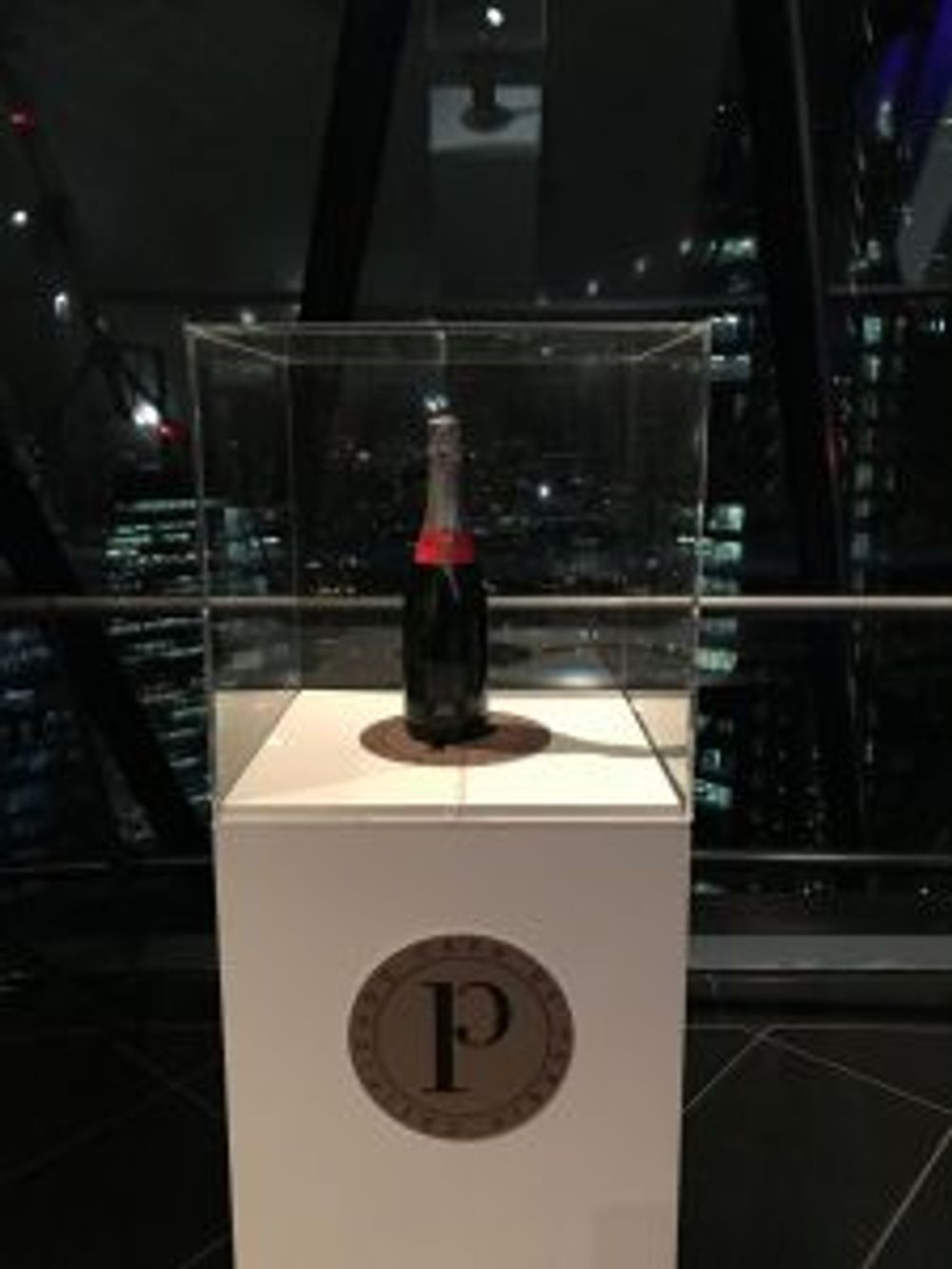
But the new classification is about more than just greater mandatory ageing.
So what are the new rules and regs?
True, the ones that are most likely to be recognised by consumers are that Cava de Paraje wines have to have a minimum ageing period of 36 months in the bottle (compared to Gran Reserva’s 30 months), be made in a Brut style (12 gr/l and under) and be vintage wines.
However, in the vineyard the grapes must be manually harvested from vines that are over 10 years old, come from qualified parcels of land – paraje – and have a maximum yield of 8,000 kg per hectare.
The wines must be vinified on a single estate with a maximum of 48 hectolitres of must per hectare. The base and the finished wines need to be qualified, fully traceable and then receive a quality control label.
So were the wines any good?
Put simply yes. They were all of a high standard and they were all distinctly Cava.

The nine wines shown on the night
The next observation was that the nine wines on show were so very different and that was not just down to differences in terroir.
There were few similarities, say, between Mirgin Exeo 2013, Alta Alella Mirgin whose 40% Chardonnay changed the profile of the remaining Xarello and was matured in oak for 2-3 years compared to the Turo D’En Mota, 2004, Recaredo that was 100% Xarello, had been in lees contact for over 12 years and which had a completely different profile and structure. What was the influence of terroir against method? Hard to tell.
The oldest wine was an Enoteca 2002, Gramona and, on the whole, I thought the wines were showing better with more age – more secondary flavours of praline, brioche coming through, deeper colour obviously and finer streams of bubbles, compared to the mouth-filling mousse of the younger wines.
My favourite wine of the night incidentally was 100% Pinot Noir – El Tros Nou 2009, Ars Collecta Codorniu, the slate soils of the 2.1 hectare site giving the wine delicious minerality and the relatively cool climate here making it one of the highest acidities of the evening, although the fruit held it well. The wine is still a pup but it had a fine sweet edge on the nose, juicy Golden Delicious flavours with a smart, tart finish.
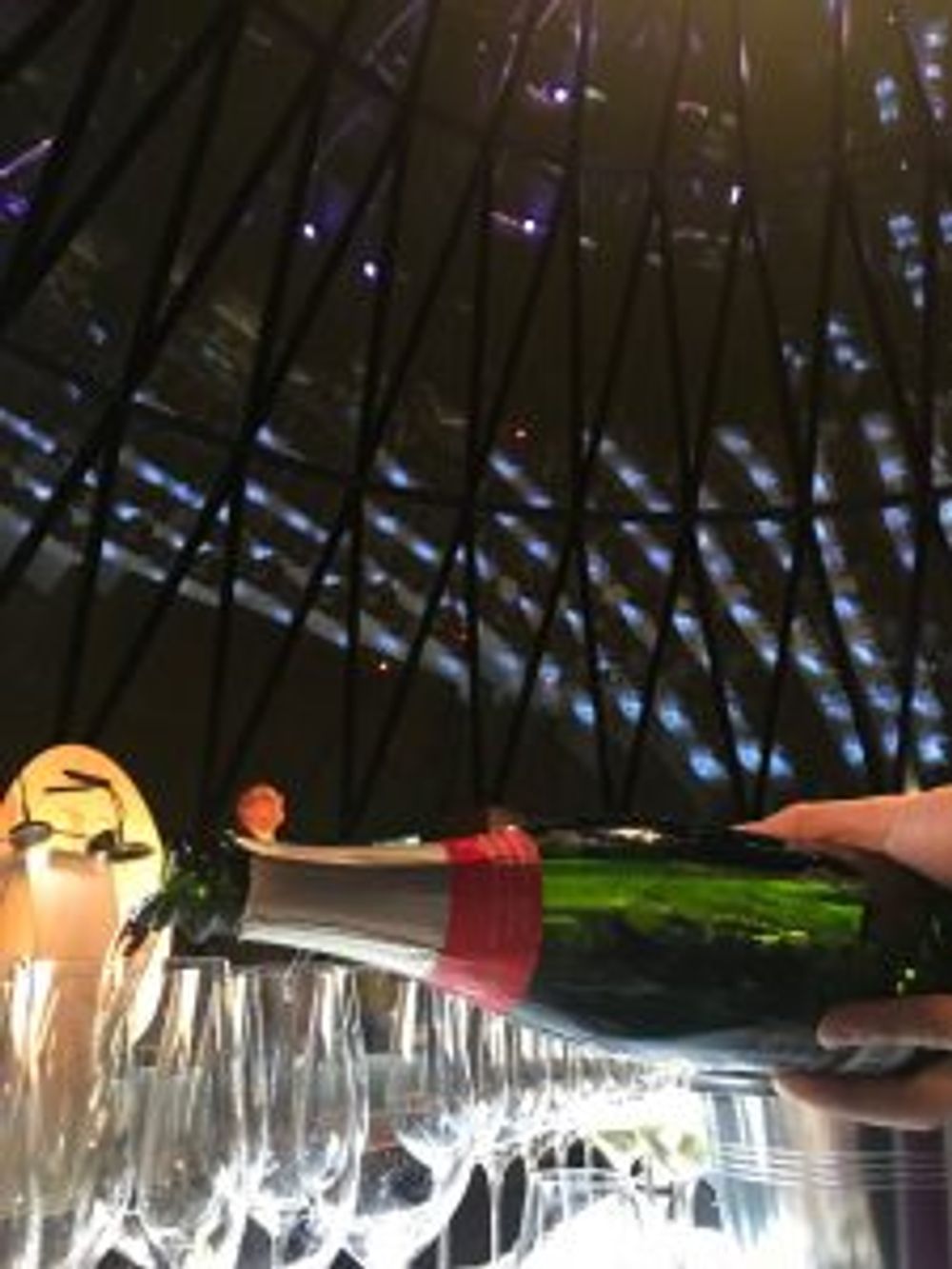
So, by having 36 months as a minimum age limit and no ceiling, wines with a Cava de Paraje sticker will not give a clear indication to the consumer of what the wine tastes like, in much the same way that a Gran Reserva classification doesn’t. It will become a kite mark of a particular standard – Ultra-Premium if you like.
As the wines get a few more vintages under their belts we hope to see the individual characteristics of the actual terroir coming through that are distinct from winemaking styles and varietals. To do that I believe you have to tastes these wines alongside the same producers’ Gran Reservas and other vintages of their Cava de Paraje wines as they progress in time. And then the individuality of these particular vineyards will start to become more obvious.
So is this good news for Cava?
Ultimately the Cava de Paraje classification is good news for a wine category that is still so young and has been pushing for quality differentiation particularly after the market exploded in the 1980s. Whether the timing is good who knows? Cava has been on a steady decline in the UK since its hiatus in 2012 and is a third less than it was then in terms of overall shipment of bottles. Nowhere is this more felt than in Premium Cava that has declined by 18% in the UK 2015-16.
DO Cava clumps Reserva and Gran Reserva together in the Premium category and it is Gran Reserva that has suffered the biggest overall decline of any Cava category – down 10% globally between 2015-16.
As for the the wines themselves that were shown on the night, they were ‘a cut above’ and can only get better and more distinct with successive vintages. They were also all still Cava – which is a plus or minus depending upon where you sit with Cava.
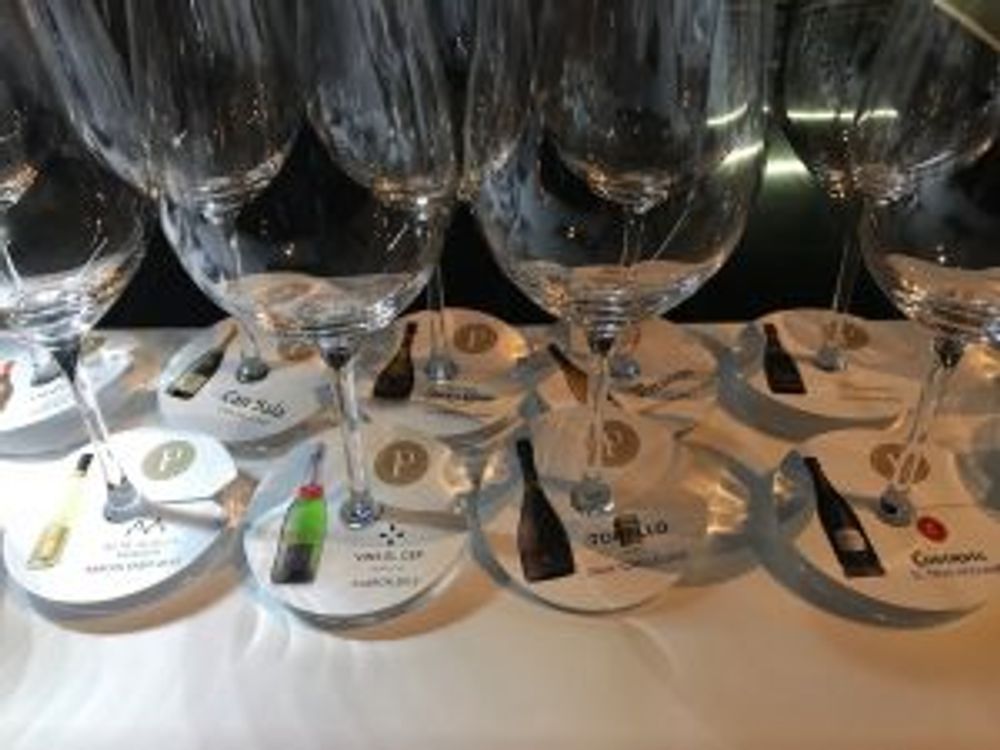
What was clear, though, was that each vineyard, producer and wine have their own stories and unique provenance to relate, which can only help in the on-trade. But what the shorthand moniker is going to be remains to be seen – Premium Cava? Ultra-Premium? Terroir Cava? It clearly can’t be Cava de Paraje Calificado in non-Spanish markets and CdP will only get confused with the Rhône.
It is arguably a small point but crystallises a key point – what does the classification mean to the consumer? Time will tell and these wines will hopefully start to become more obviously distinct from the lower rungs of the quality ladder.
At a retail price of £50+ per bottle, though, what that will translate to on a wine list, and also whether these wines can compete with other premium sparkling categories remains to be seen.
But it’s an impressive start and an important one for all quality Cava that will hopefully generate a beneficial halo effect for Cava across all areas of the drinks market – both on-trade and off-trade.
Just for the record
So, just for the record, here are the first 12 sites – Paraje – that have been classified, the winery and the Cava that is being made from the site.
PARAJE CALIFICADO COMPANY CAVA DE PARAJE CALIFICADO VINYES DE CAN MARTI TORELLÓ GRAN TORELLÓ y 225 TURÓ D’EN MOTA RECAREDO TURÓ D’EN MOTA SERRALL DEL VELL RECAREDO SERRAL DEL VELL VALLCIRERA ALTA ALELLA MIRGIN LA CAPELLA JUVE & CAMPS LA CAPELLA CAN SALA AGRÍCOLA CASA SALA CASA SALA LA PLETA CODORNIU LA PLETA EL TROS NOU CODORNIU EL TROS NOU LA FIDEUERA CODORNIU LA FIDEUERA CAN PRATS VINS EL CEP CLAROR FONT DE JUI GRAMONA ENOTECA, CELLER BATLLE, III LUSTROS TERROJA SABATÉ I COCA SABATÉ I COCA RESERVA FAMILIAR


